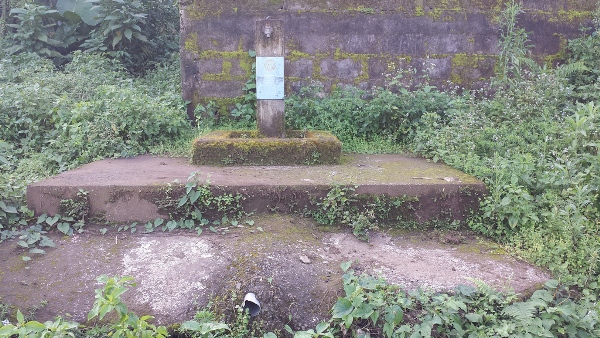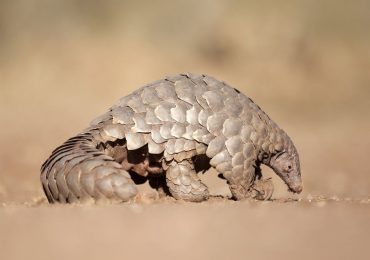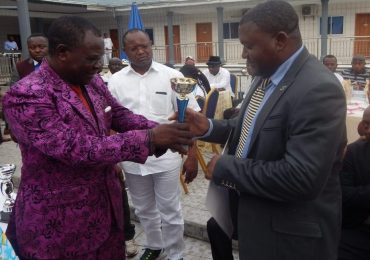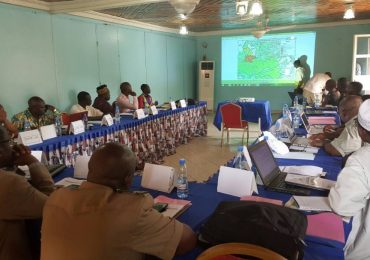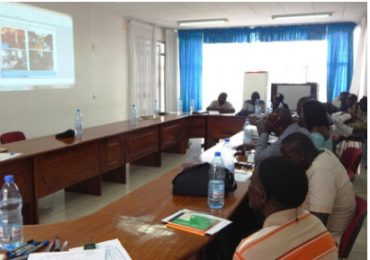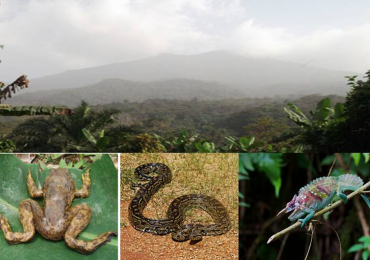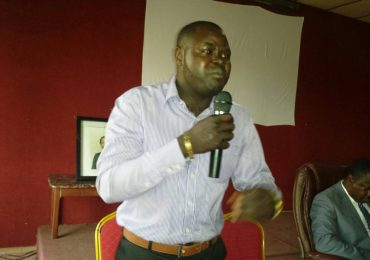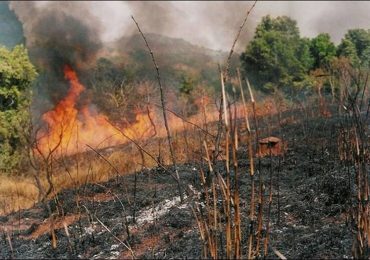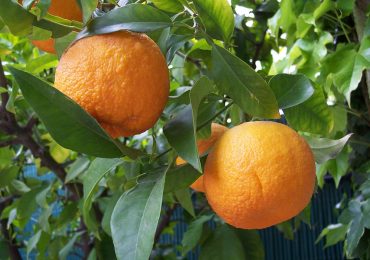Bonakanda is one of the largest villages in Buea Sub-division with a population of circa 3000. Rainwater serves as their primary source of potable water. As the rainy season gradually gives way, the people of this village are becoming more and more distraught with the gradual disappearance of their ultimate source of portable water.
Shancho Ndimuh
In an interview granted The Green Vision recently, the Traditional Ruler of Bonakanda, Chief Emmanuel Ndongo Molinge, said water has been a big problem to his village from time immemorial. The traditional ruler disclosed that Bonakanda has neither streams nor rivers and thus depends on rain as it main source of water regardless of whether it’s pure or not as there is no alternative. This situation according to him, becomes very costly to manage during the dry season, which is already around the corner.
“During the dry season, we pay for water carried in Bweteva (some 5 kilometers away from the village).A gallon of 20 litres is bought at FCFA 100 around the main village junction and FCFA150 inside the village. A drum of about 120 litres is sold at FCFA 1500 and it can last just about two or three days. A household of about 5 persons, spends at least FCFA 500 a day for water and if you multiply by 30 days , and in about six months of dry season, you realise that the amount is far more than the income of the local people,” Chief Emmanuel NdongoMolinge narrated the ordeal of his village.
Corroborating this, a Bonakanda resident, Pa John Esselle Nguve, said he spends over FCFA 10,000 per week on water brought into the village from Bwintigi. As the dry season approaches, Pa Esselle disclosed that he is already saving water that can take his family for some time before he starts buying water.
Crux of Water Crises in Bonakanda
Some years back in the 1980s, through the Cameroon Government and other partners, brought in the Scan water project, which put in place a water scheme known as the Bonakanda-Bova water project. This water project was aimed at pumping water from a lower altitude that is from the Bweteva water catchment to Bova, where water tanks were placed to supply water to what is now known as the Bonavada villages.
After sometime, it was realised that there was continuous increase in population and consequently an increase in the demand for water. The machines and the pipes also started deteriorating. Bonakanda being at the extreme of the village hardly got water because of the break down in machines and low water pressure. Consequently, the village was once again plunged in water crisis.
In 2014, Rotary Club International in collaboration with other partners and the community members,constructed a water line from Bweteva to Bonakanda, setting up a water tank. Unfortunately, the pipes were of very low quality. They all got burst during high pressure. To ameliorate this plight, community members contributed money and repaired the pipes but got tired along the way.
Way forward
To resolve the water menace, the Chief of Bonakanda implored the Government to step in and assist the village by replacing the pipes with some galvanized pipes that can withstand pressure from the water. According to him, rain water harvesting can also help. Gaining inspiration from successes of rain water harvesting projects in neighbouring villages like Ekona Lelu.
Chief Molinge appealed to national and international organisations to establish a rain water harvesting project in the village. This according to him, will solve the water crises in his village once and for all.


